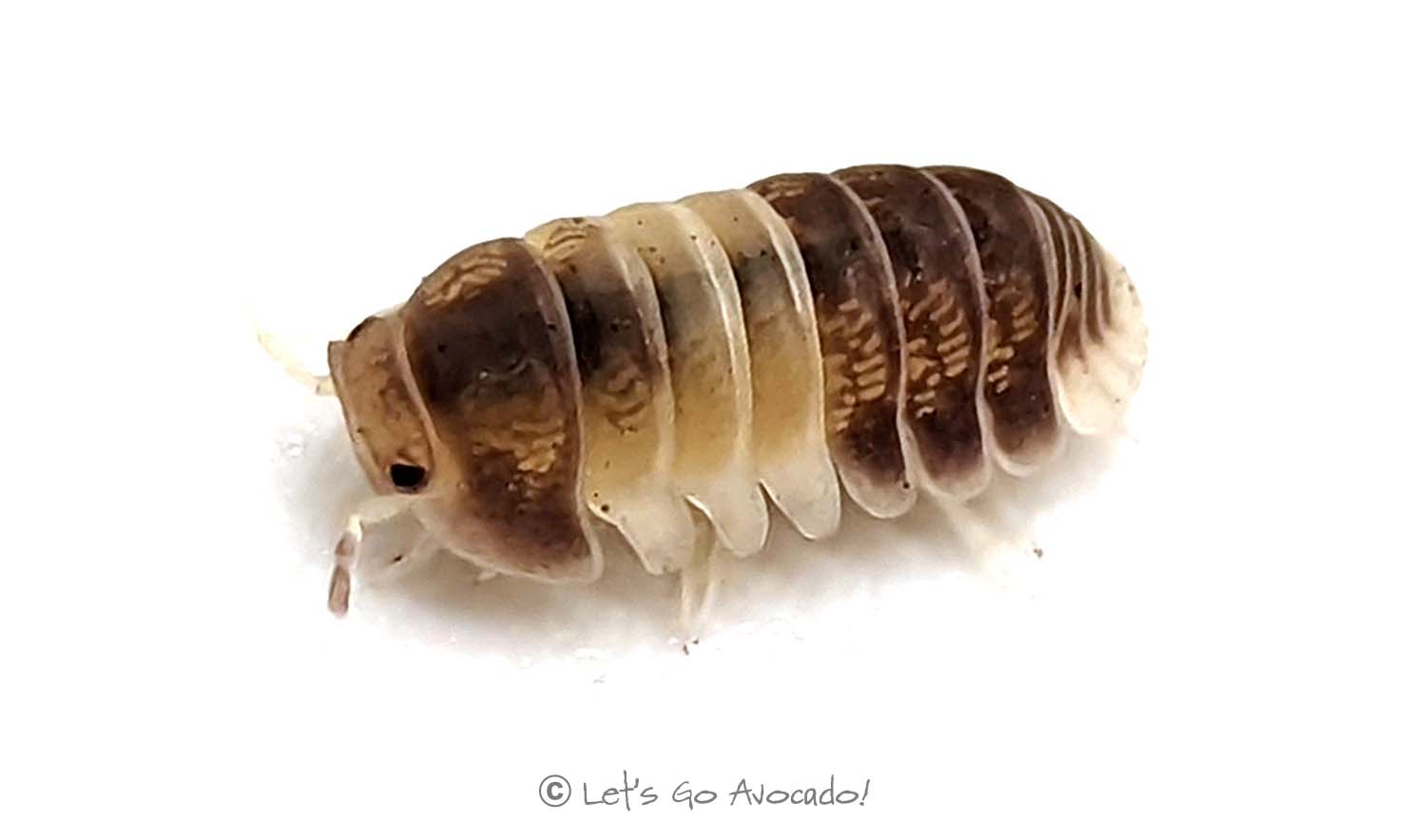

Panda King
Cubaris sp. "Panda King"
This page may contain affiliate links.
Read our disclosure and privacy policy here.
The Panda King isopod is a cubaris species of isopod similar to the Jupiter isopod or the popular Rubber Duckie isopod. These isopodsAn isopod is a type of small creature that belongs to the crustacean family, just like crabs and lobsters. They have a special body shape with a hard outer shell, which protects their soft insides. Learn More have the very distinctive black and while color pattern similar to pandas – that’s how they got their name. The isopods, not the pandas! Panda King isopods are native to Vietnam. Their cute coloration has made them favorite terrarium pets for both new and experienced hobbyists.
Panda King
Common Name
Latin Name
Distribution
Appearance
Size
Habitat
Behavior
Diet
Lifecycle
Communication
Defense Mechanisms
Ecological Importance
Colony Structure
Conservation Status

There’s a lot to explore right where we are, in our own neighborhoods and backyards! Join us while we get off the couch and explore the everyday wonders of nature, science, space, engineering, art, and anything else we stumble upon during on our adventures.







